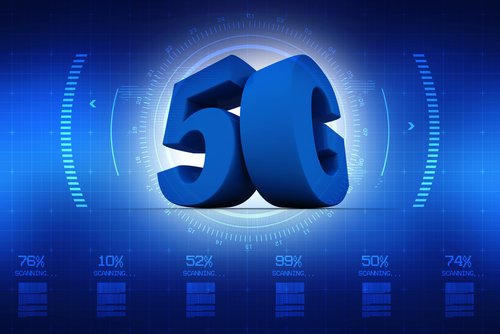Blog: Samsung and ZTE threaten traditional trio in 5G
South Korea-based Samsung and Chinese vendor ZTE are investing heavily in technology and infrastructure for 5G, more so than they did for 4G, pitting them against the traditional trio of network players – Nokia, Ericsson and Huawei. But are they really in a position to shake up the status quo?
Full speed ahead
ZTE has been playing a much larger role in the development of 5G specifications than any previous mobile technology. The company doubled its R&D spending on 5G in 2016 to $400 million and assigned 1,600 people to work on the technology at four dedicated research facilities in China, Europe and the US.
At the Tokyo Bay 5G Summit in May, Wang Xinhui, director of wireless standardisation at ZTE, told Mobile World Live (MWL): “In the past we were simply less mature. With 2G and 3G, and even with 4G, we weren’t that big. But in the era of 5G, we were well prepared. We’ve spent a huge amount of money and devoted so much human resources, particularly towards the New Radio specifications.”
According to Peter Jarich, chief analyst at Global Data Technology: “new entrants have an opportunity to push into accounts where they can position the next generation of technology as a natural breaking point requiring new expertise and infrastructure. Against this backdrop, it makes sense for ZTE to push on 5G in the way they pushed on the 4G opportunity.”
The same can be said for Samsung, which has been working on 5G since 2012 when it began its first mmWave research and development, and believes strong 5G infrastructure will help the consumer electronics giant to achieve its aim of “connecting everything”.
It set its sights on becoming a top-three player in the 5G infrastructure market, forecasting network equipment sales to more than triple to KRW10 trillion ($8.6 billion) in 2022.
The world’s largest smartphone maker aims to pick up network market share by moving quickly and targeting the US market, which is moving ahead on 5G and where Asian rivals Huawei and ZTE face a de facto ban on selling networking gear due to security concerns by the government.
In May, Samsung partnered with Verizon for what was claimed to be the world’s first field trial of a multi-vendor, pre-standard, 5G network and a month earlier the company said it passed an important milestone on its path to 5G with the commercial release of a Radio Frequency Integrated Circuit.
Most recently, UK communications infrastructure company Arqiva and Samsung announced the first field trial of ‘5G’ Fixed Wireless Access technology in Europe was live in central London.
At a launch event, Woojune Kim, VP and head of next-generation business and products at Samsung Networks, told MWL the company is “pretty confident” about becoming a major network player, adding it is helped by the fact its “Finnish and Swedish competitors are struggling”.
This is evidenced by the fact Ericsson just last month said it is set to make further redundancies and reduce its real estate footprint as part of a SEK10 billion ($1.2 billion) round of cuts, as it revealed it remained in the red during Q2 following a 164 per cent year-on-year drop in net income.
What’s more, the CEO of more robust network rival Nokia, Rajeev Suri, said 5G was accelerating much faster than anticipated and suggested the rapid development could create some near term risks for his company, with the timing of certain project completions now uncertain.
Who rules the roost?
So who is on top right now in today’s 4G world? It’s a toss-up between Nokia and Huawei.
Dimitris Mavrakis, research director at ABI Research, said Huawei has dethroned Ericsson as market leader, controlling almost 30 per cent of the 4G market.
“This trend will continue as subsequent improvements to 4G (e.g. gigabit LTE) and early 5G deployments are expected to be overlayed on top of existing 4G networks…According to our estimates, Ericsson and Nokia are similar in terms of market share, with a slight Ericsson lead,” he said.
